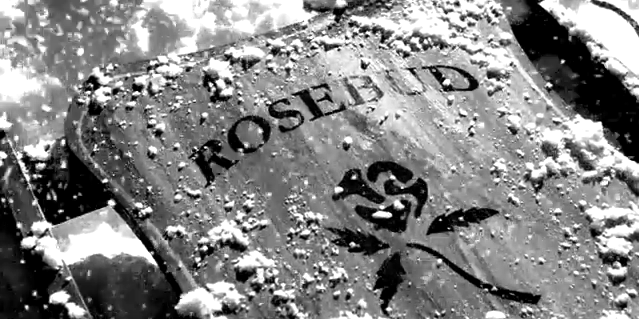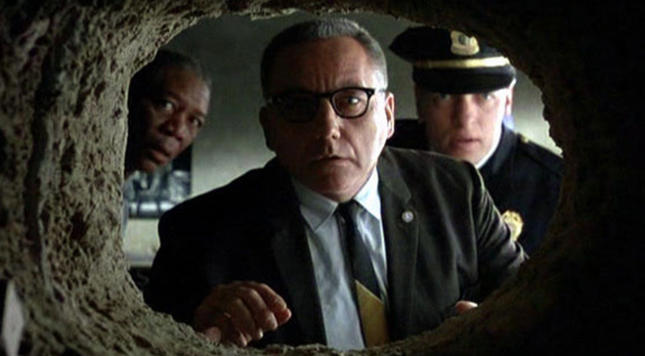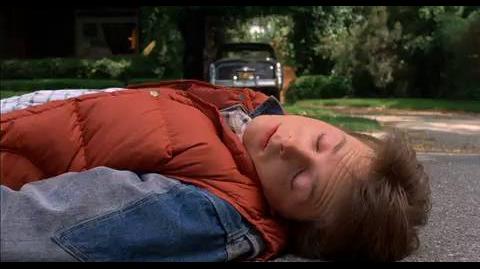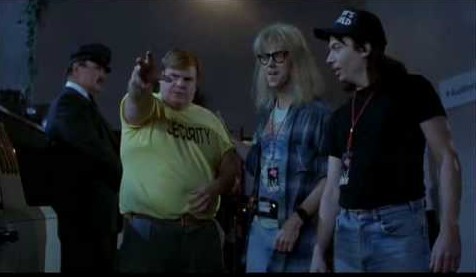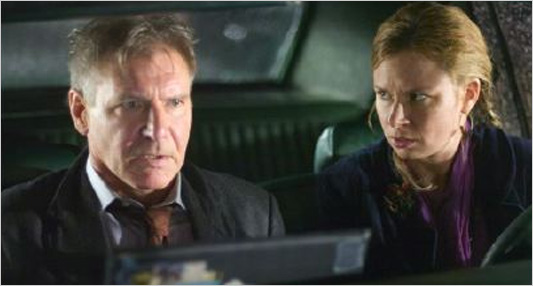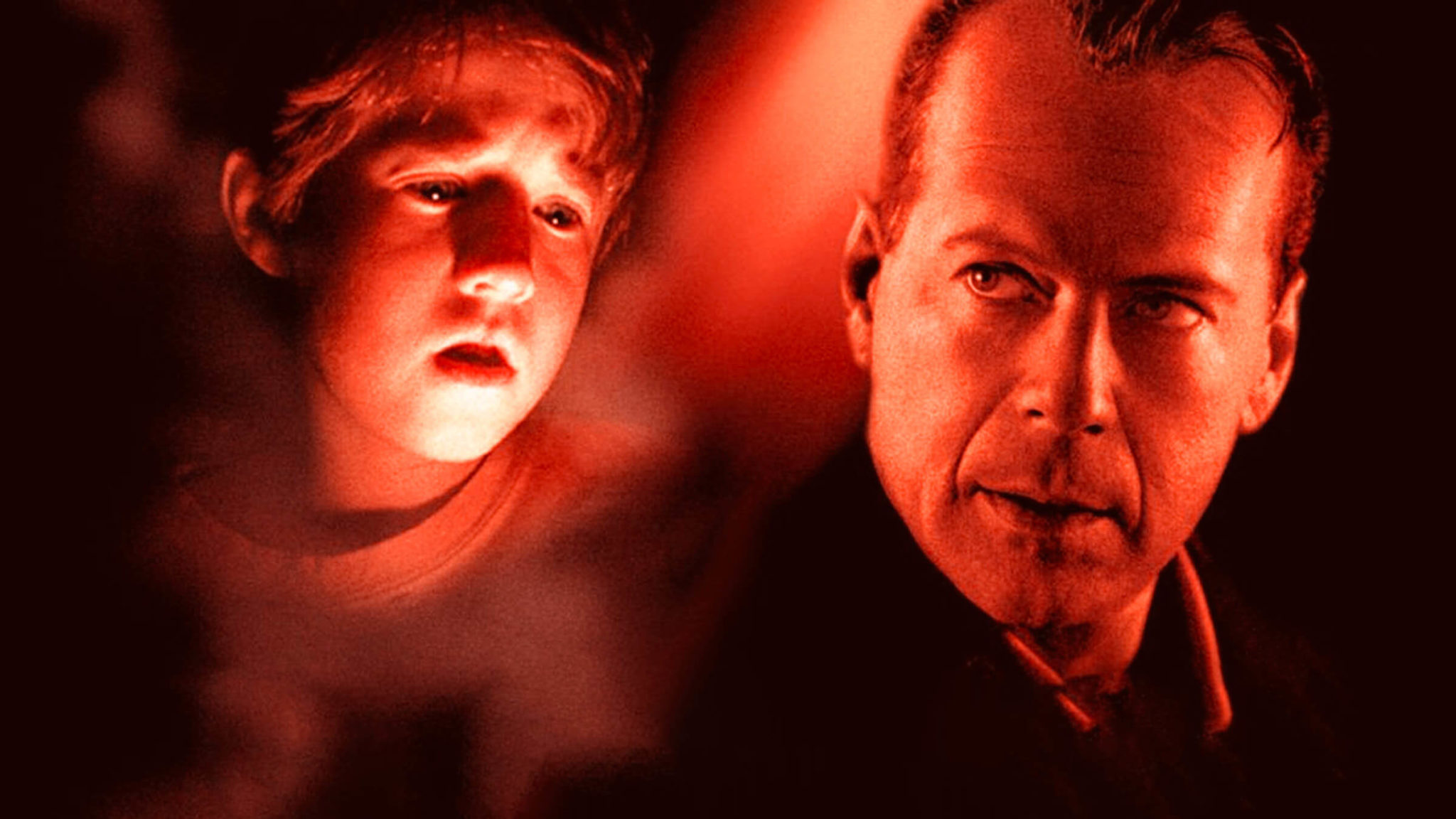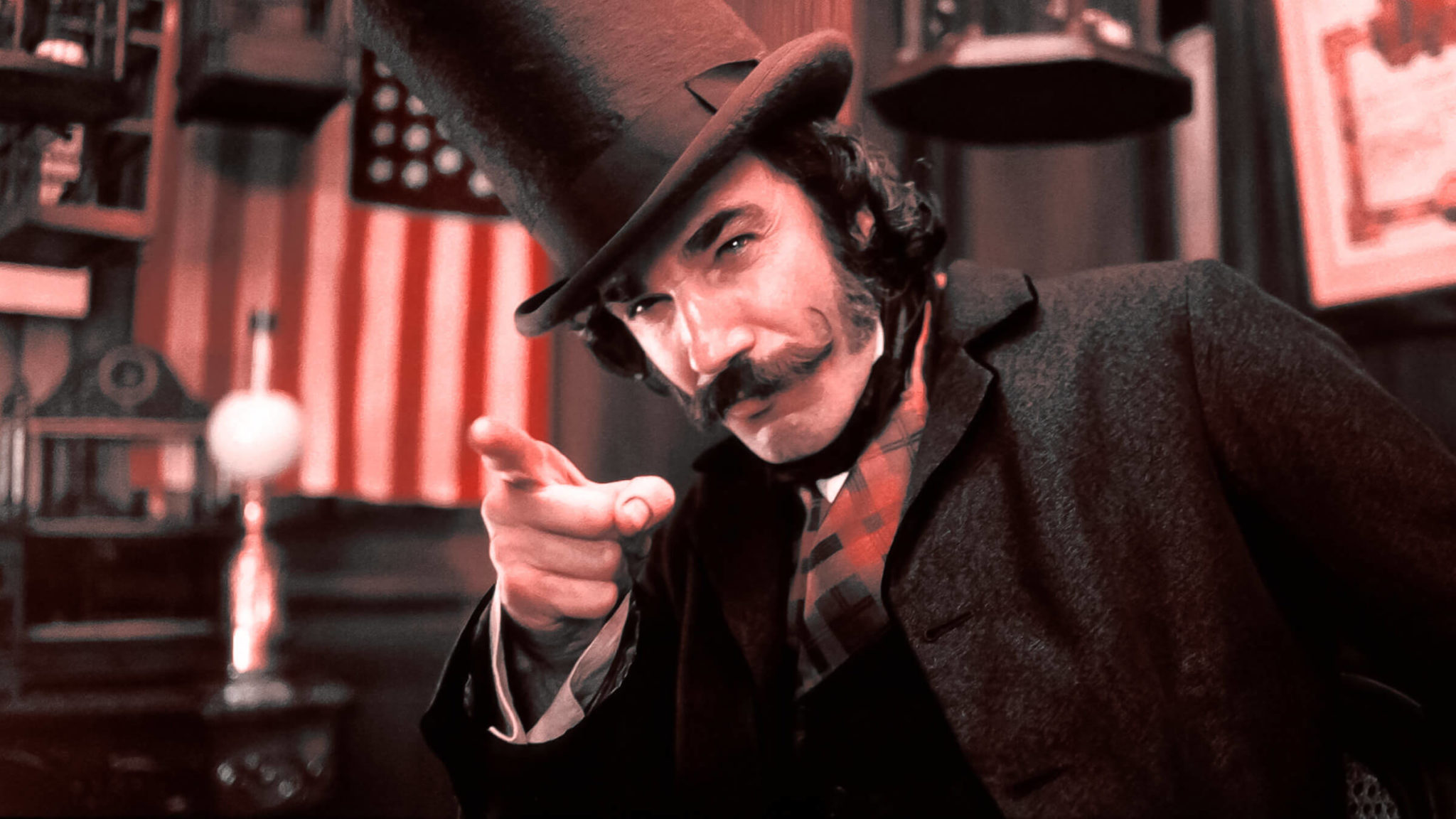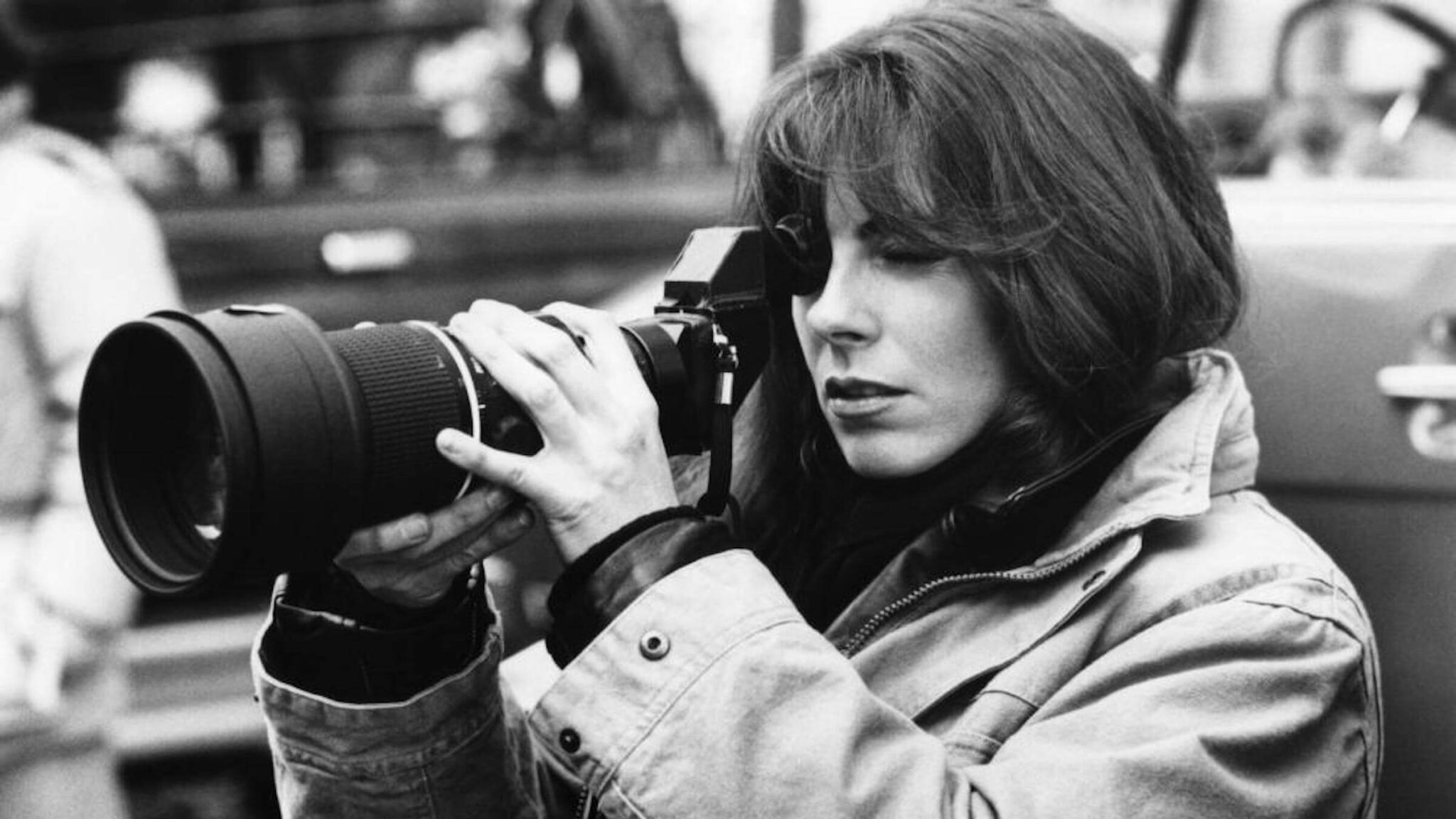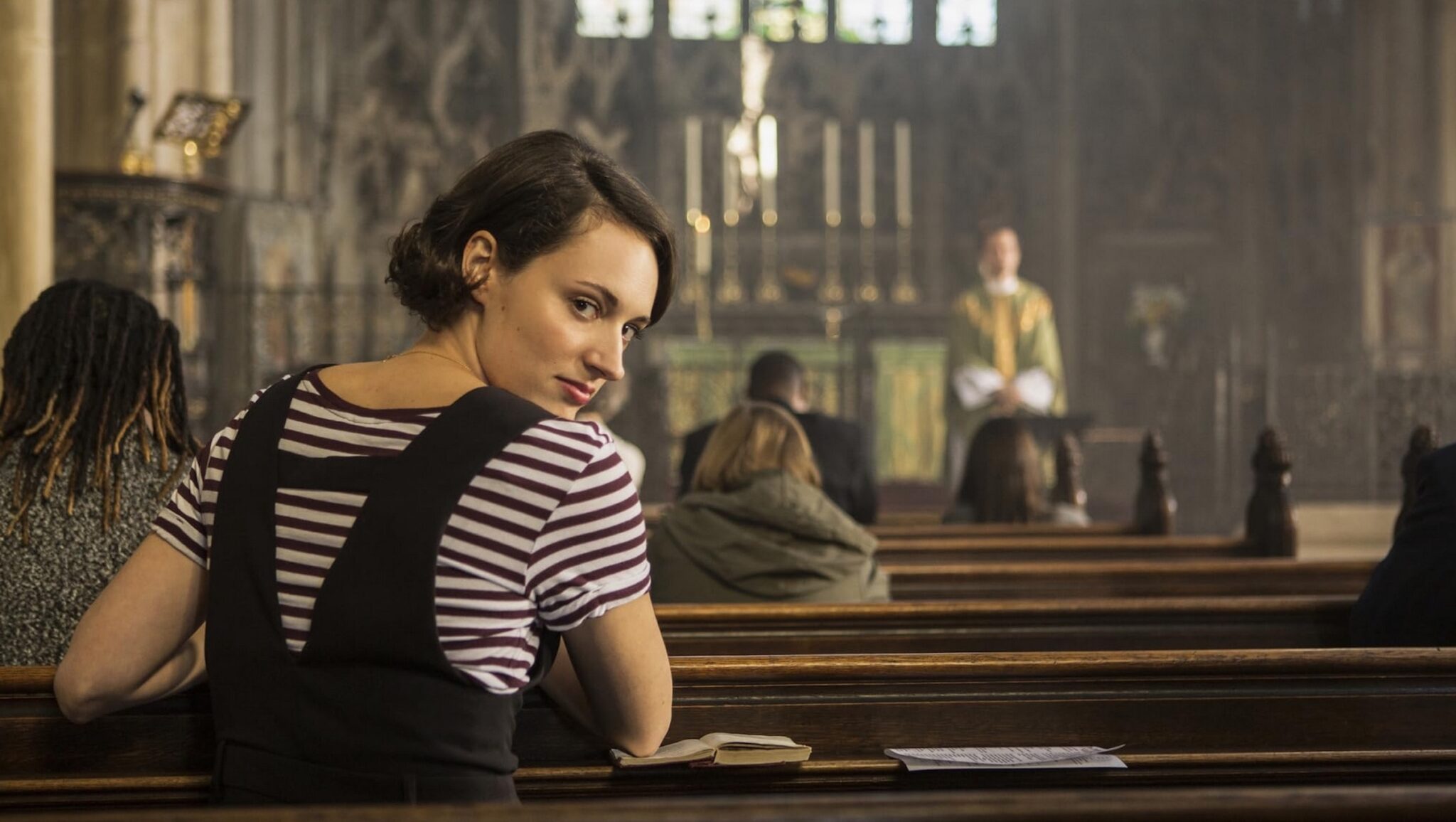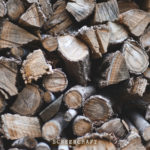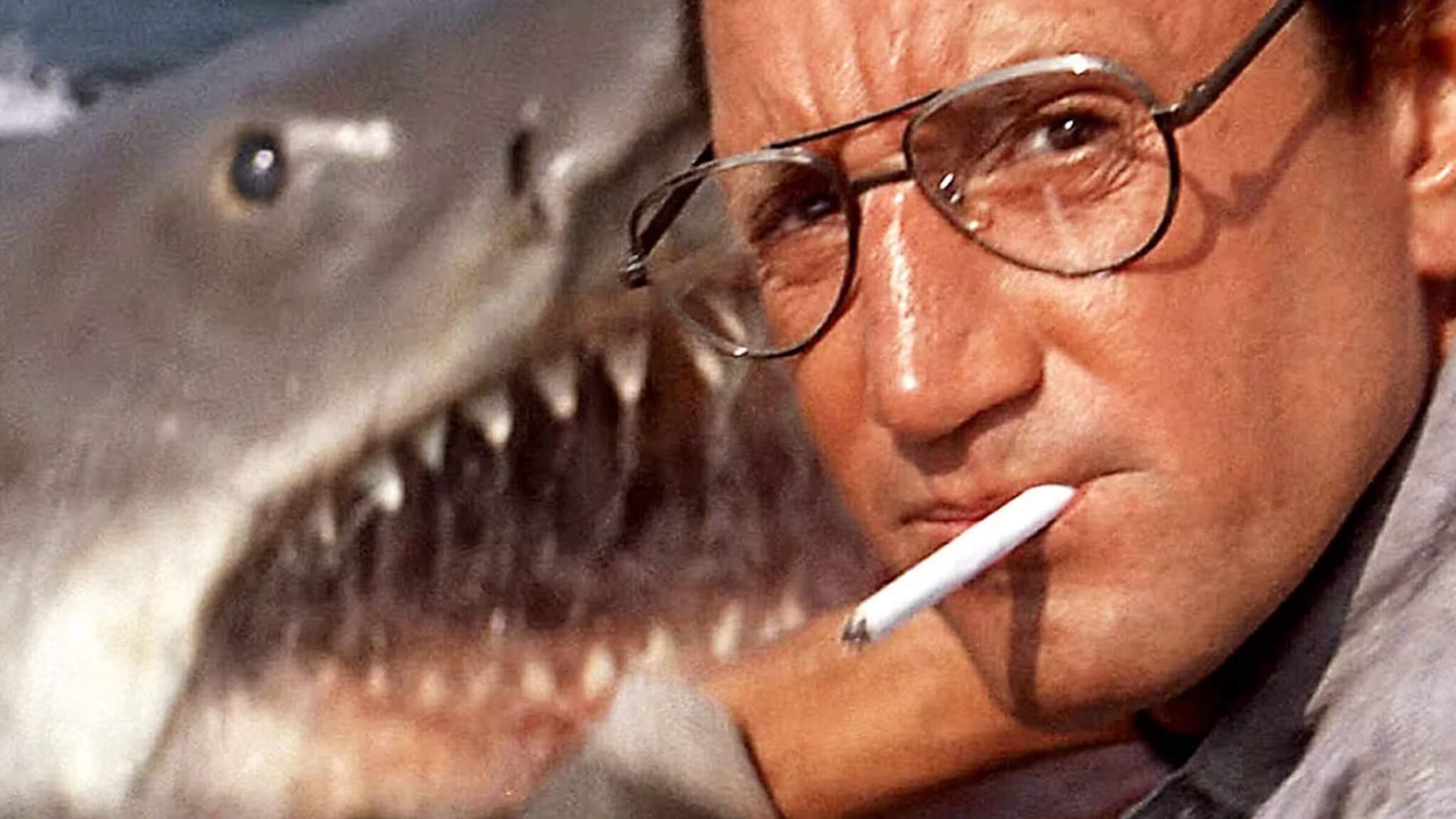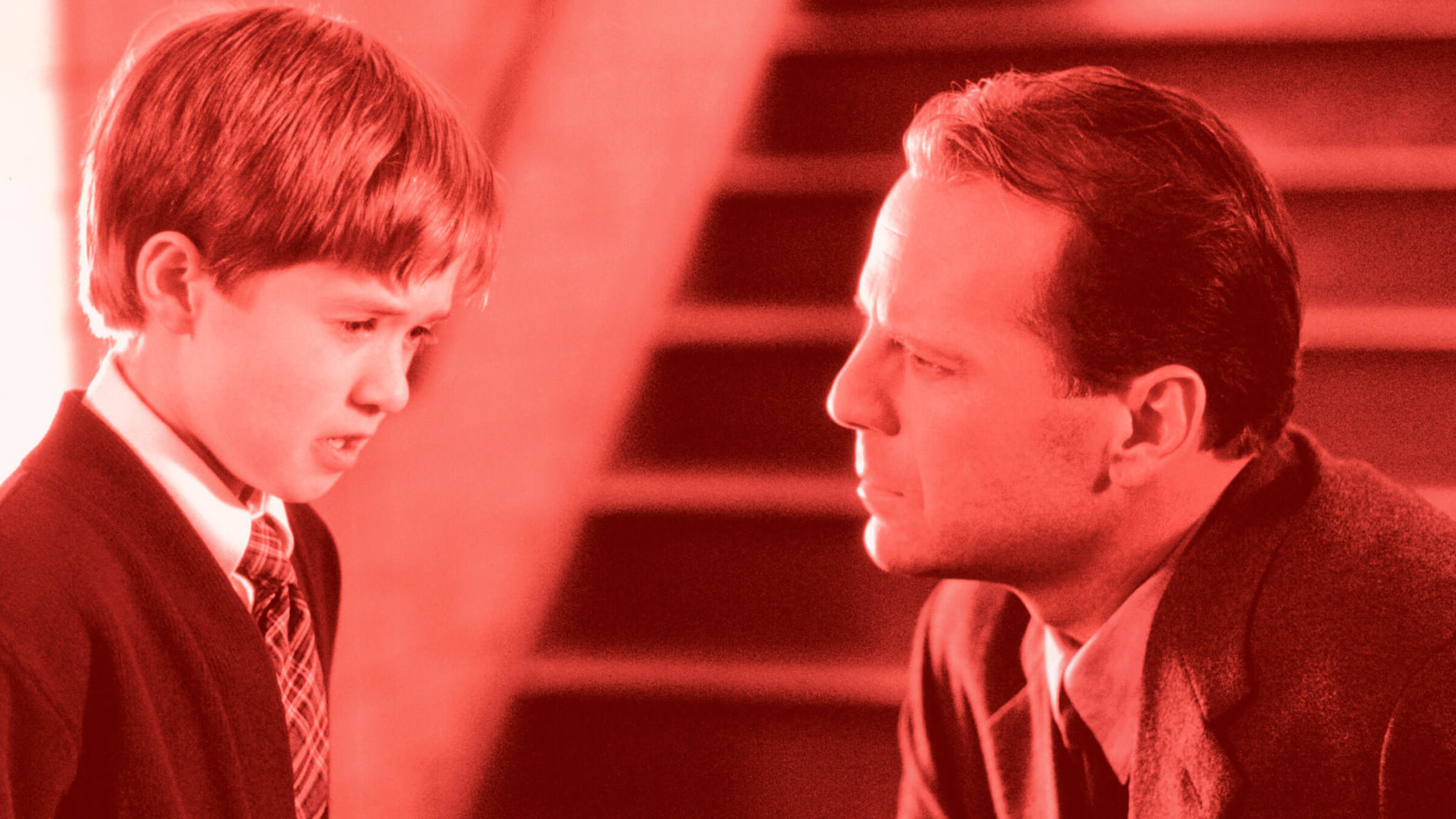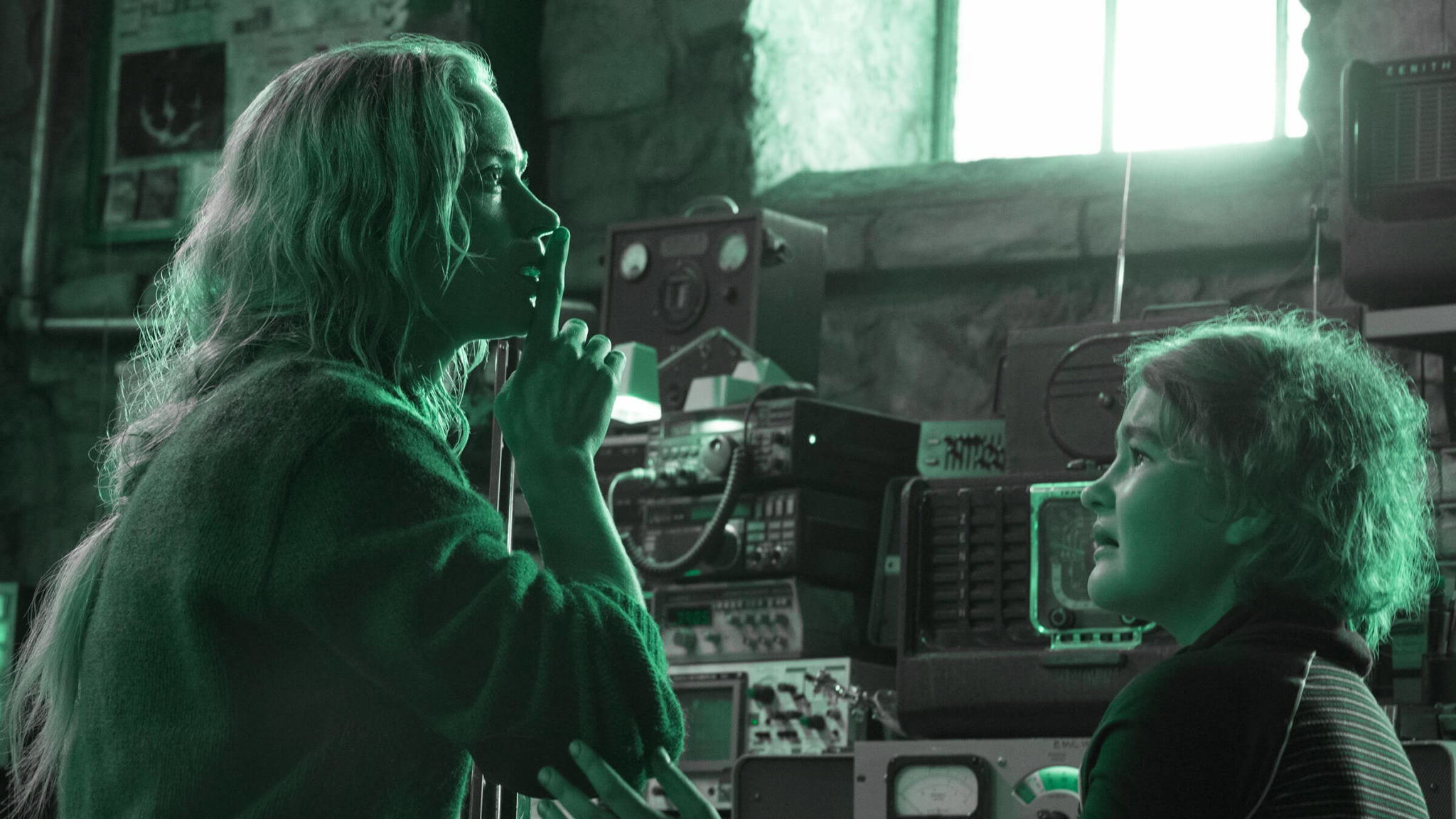
Great screenplays don't just tell a great story; they also create opportunities for the audience to glean key plot and character beats for themselves; to feel slightly ahead of the curve. Great screenplays make dramatic revelations feel like they were natural and even inevitable.
Providing meticulous--rather than blatantly telegraphed--narrative bread crumbs for an audience to suss out and follow forces them to actively engage with the story, as opposed to just passively (if contentedly) reading or watching what unfolds onscreen. If you can make this happen, if you can draw an audience in and force them to create their own engagement with the story, you'll offer them a much more powerful narrative experience because you'll be bringing them along for the ride and making them get personally involved in the unfolding. Consequently, you'll likely have a much more loyal and appreciative audience.
One of the most fundamental and effective mechanisms for doing this is "plant and payoff." Plant and payoff is a storytelling technique wherein a seemingly insignificant object, character, image, piece of information, or line of dialogue is introduced, or “planted,” and the significance of the plant is later revealed in the “payoff.” Essentially, you're showing and/or telling an audience a specific detail for a second time in a new, revelatory context that makes them sit up and say "Aha!" Below are some case studies of successful plants and payoffs.
**Spoilers below**
Citizen Kane famously exemplifies the concept: in the opening scene, a plant is introduced in Charles Foster Kane's dying word, “Rosebud.” Another plant is established later in the film in a scene where a young Kane is playing on a sled. The significance of both plants is fully realized at the very end of the film when the payoff shows Kane's childhood sled, etched with the word “Rosebud,” burning in a fire.
Plant and payoff is a very useful device that can develop character, emphasize theme, and provide a sense of fluidity and connectedness throughout the story. A payoff can also become an exciting twist or a shocking reveal. Take The Shawshank Redemption, a film loaded with plants and payoffs. The reveal of the giant hole in Andy Dufresne's cell wall that his poster was covering is a payoff from something that was planted much earlier. Over the course of the film, Andy procures several posters of movie stars from Red. The audience just assumes he wants the image of a beautiful woman to look at, but later we come to fully appreciate why he wanted these posters—he had to cover up the evidence of his plan to escape.
A plant is most effective when it is disguised as something else or has multiple functions. The trick is to make the plant memorable enough that the audience doesn't forget about it, but subtle enough that the audience doesn't see right through it as an obvious plant.
In the beginning of Back to the Future, Marty McFly's mom, Lorraine, is reminiscing about how she met George, Marty's father. The sister chimes in, “That was so stupid! Grandpa hit him with the car!” Lorraine goes on to talk about their first date at the Enchantment Under the Sea Dance on the night of that terrible thunderstorm. Meanwhile, George is paying no attention, watching TV instead.
It seems that this scene functions to introduce Marty's family and show the distance in Marty's parents' relationship, but all of this information pays off and becomes crucial to the plot when Marty becomes stuck in 1955. He accidentally is hit by the car, interfering with his parents' meeting, so he uses the dance to try to get them together. And that terrible thunderstorm? It provides the lightning and the 1.21 gigawatts of electricity that will allow Marty to return to 1985. Even the television show George is watching pays off in a later scene. The audience doesn't realize these bits of information are plants until the moment they pay off because the conversation containing all these plants serves multiple other functions.
An example of a plant that is much too obvious happens in Wayne's World when a security guard played by Chris Farley starts doling out a ton of information about who Frank Sharp is and where he's going. In this case, this plant was deliberately made too obvious for comedic effect; Wayne even addresses the camera, saying, “For a security guard, he had an awful lot of information, don't you think?” All the information pays off later, but the way in which it's planted is laughably forced. The filmmakers in this instance were poking fun at the plant and payoff trope, but generally, plants must happen organically within the story. If they're too obvious or contrived, they are not serving their purpose.
Here's another bad example, courtesy of a barely remembered kidnapping thriller called Firewall that Harrison Ford likely wishes he could eat all the negatives and DVDs of. The first two acts of the movie make repeated reference to the family dog Rusty and how important it is that Rusty wears his collar. Seriously, turn it into a drinking game. Do a shot every time the camera holds on Rusty or one of the characters says "Rusty" and/or "Rusty's collar." Just be sure to have a bucket positioned in front of you and have the paramedics hovering in the corner.
Why does the film spend so much time drawing attention to Rusty and his collar? So that in Act III Harrison Ford can remember to use the GPS chip in Rusty's collar to determine where the dastardly kidnappers have absconded with his family. Decent concept, horrible execution.
For a skillful execution, let's look again at The Shawshank Redemption. One of the very first plants happens when Andy, upon arriving at Shawshank prison, is given a Bible. Again, the audience does not realize this is a plant because it's perfectly conceivable that every new prisoner would receive a Bible, especially since the Warden is established as a very religious man.
Later, when the Warden and guards are searching Andy's cell for contraband, the Warden almost absent-mindedly takes Andy's Bible with him (only later do we realize how devastating that would have been). When handing it back, the Warden tells Andy, “Salvation lies within.” Another small, subtle plant.
This all pays off in a wonderfully cathartic scene following Andy's escape. When the Warden opens the Bible which Andy had left in his safe, it's revealed this is where he had been hiding the rock hammer. The Bible is complete with an inscription from Andy: “Dear Warden, You were right. Salvation lay within,” referring, of course, to the rock hammer, the means by which he tunneled his way out of prison. Plants and payoffs like these enrich the story with a sense of complexity and cohesiveness, and often lend a feeling that everything comes full circle.
If you want to incorporate plants and payoffs in your script, keep in mind:
- Plants should be introduced organically and subtly, and they must relate to the story in some way.
- It helps if the plant also serves another function in the story, if it's part of a character introduction or a routine event that happens throughout the story, for example.
- Showing or referring to the plant a few times can help the audience remember it's there. For instance, we see the Bible in Shawshank a couple different times before we get the payoff at the end. You don't want to pay off something you've planted only to have your audience think, What's happening? I don't remember anything about that!
- Alternatively, placing too much emphasis on it might clue the audience in to the fact that it's a plant that will pay off, which can ruin the surprise. Remember, subtlety is key. Plant the thread but don't do it in neon lights.
Finding organic ways to integrate balanced plants and payoffs into your screenplay is a clear mark of a pro. Do it and your readers and potential audience members will thank you for it.
Guest post by Caitlin Durante. Caitlin is a comedian, writer, and professional script reader. When she’s not doing those things, she’s watching Back to the Future and wishing she wrote it. You can follow her @cdura.
Tags
Get Our Screenwriting Newsletter!
Get weekly writing inspiration delivered to your inbox - including industry news, popular articles, and more!

